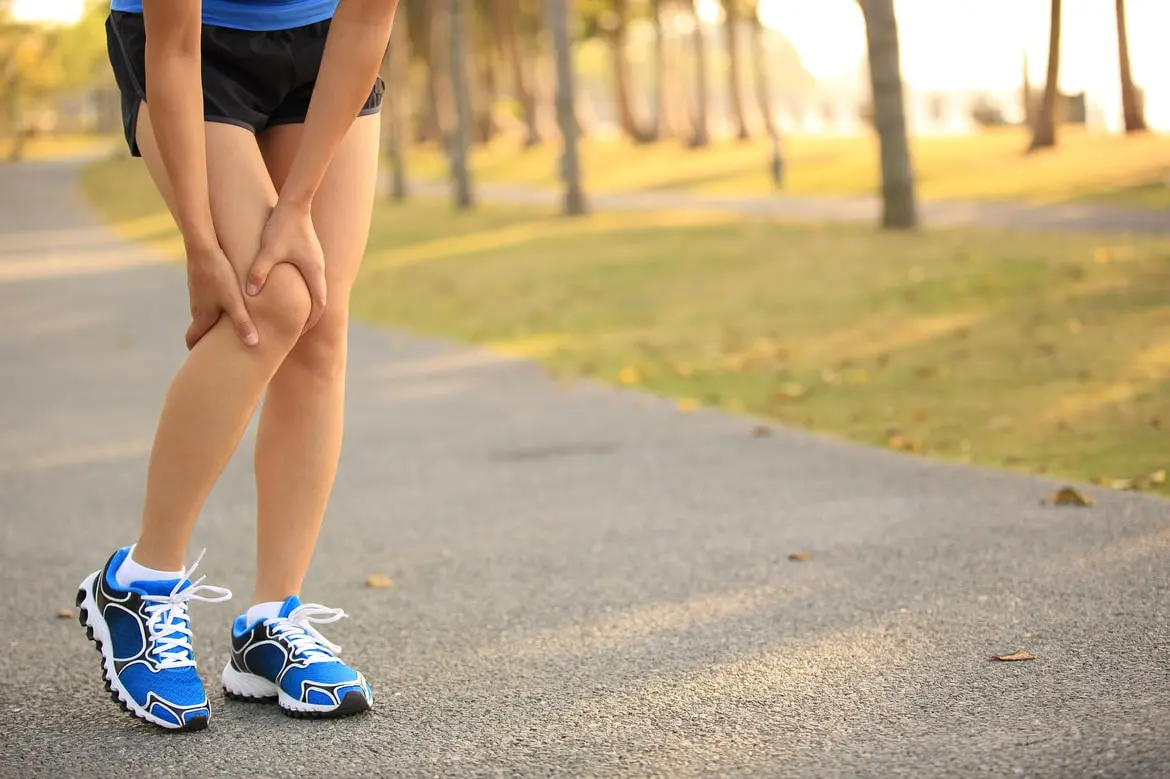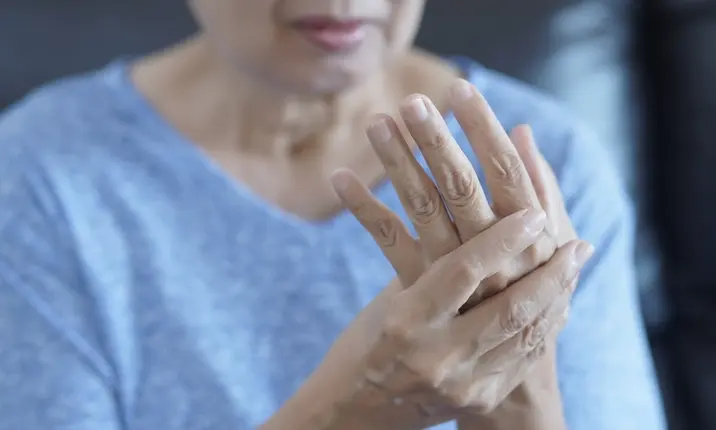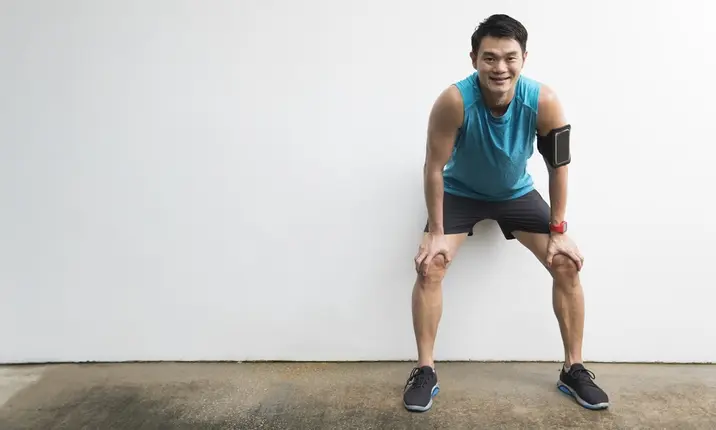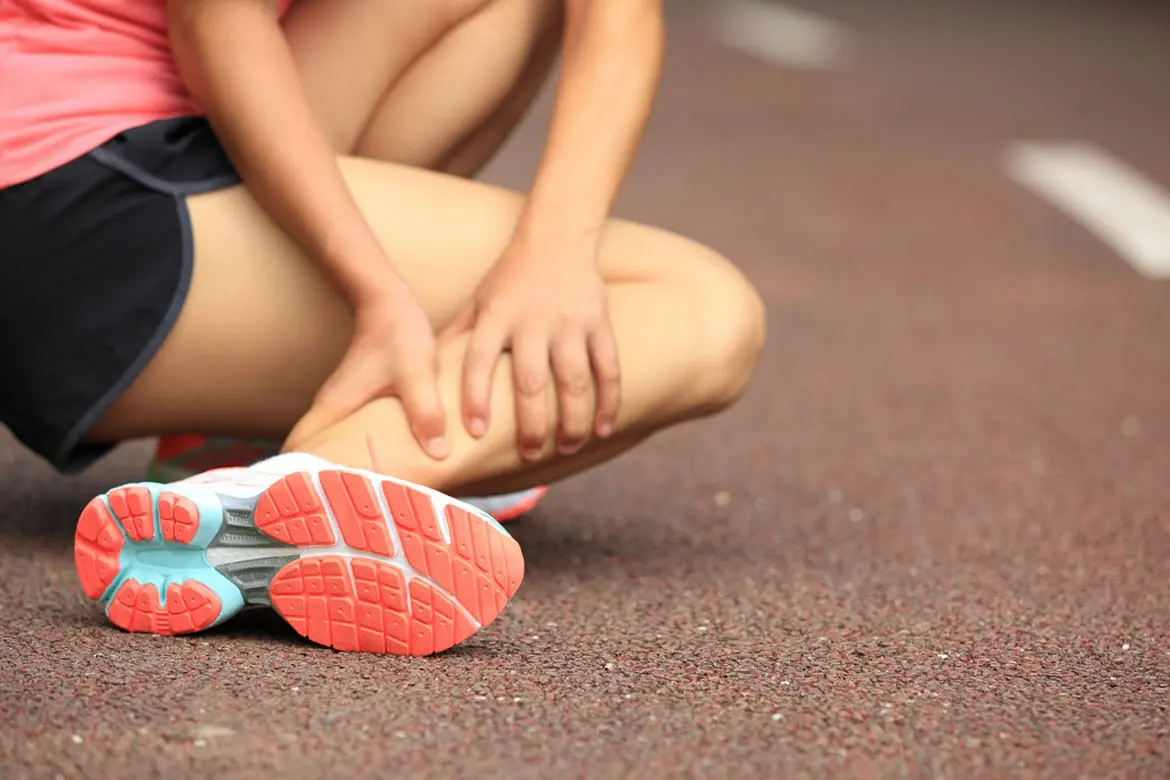Arthritis refers to widespread damage to joint cartilage, and this can happen due to a variety of causes consisting more than 100 different diseases or conditions affecting people of all ages, races and genders. It is the leading cause of disability in developed countries and is a more frequent cause of activity limitation than heart disease, cancer and diabetes.
If you are concerned you may have arthritis, speak to a doctor to find out more about your condition.
Osteoarthritis (OA)
OA is the most common form of arthritis. It is a degenerative (wear and tear) type of arthritis. Once seen as a problem affecting older people above 60, we are seeing more young patients with the problem. These are people who usually sustain injuries through sports or accidents and who leave them untreated for years until the pain drives them to seek treatment. By that time, irreversible damage has been done to the joint cartilage and their quality of life has been severely affected.
The most common joints that are affected by OA are the knee, hip, spine and fingers.
Common risk factors include increasing age, obesity, previous joint injury, overuse of the joint, and genetics.
Osteoarthritis symptoms usually develop gradually. At first, there may be soreness or stiffness that seems more like a nuisance than a medical concern. Common symptoms include:
- Sore or stiff joints – particularly the hips, knees, and lower back – after inactivity or overuse
- Stiffness after resting that goes away after movement
- Pain that is worse after activity or toward the end of the day
The pain may be moderate and come and go, without affecting the ability to perform daily tasks.
Some people's OA will never progress past this early stage. Others will have their OA get progressively worse. The pain and stiffness of more severe osteoarthritis may make it difficult to walk, climb stairs, sleep, or perform other daily tasks.
Dealing with OA
Initial treatment consists of simple, common sense measures such as:
- Losing weight. This will greatly reduce the stresses on the load bearing joints such as the knee and hip.
- Staying active. It is a myth that patients with OA should not exercise. In fact, leading a sedentary lifestyle can lead to joint stiffness and muscle weakness which in turn can amplify the detrimental effects of OA.
- Joint supplements. There are a variety of food supplements including but not limited to glucosamine sulphate, collagen hydrosylate, Boswellia, ginger, turmeric and unsaponifiables of soybean and avocado (ASU). You should discuss with your doctor which of these might be suitable for your condition.
- Intra-articular injections. These injections include hyaluronic acid (a gel-like lubricant), cortisone (a powerful anti-inflammatory agent) and platelet rich plasma (still considered experimental).
Nowadays, young patients with severe knee injuries from sports or accidents are treated early with surgical techniques that allow us to repair or reconstruct the torn ligaments and repair or regenerate the cartilage defect. We can also repair the meniscus and in severe cases, do meniscal transplants (from cadaveric donors). The aim is to restore the knee's anatomy as close to its original state as possible. This can reduce the risk of progressive joint damage and premature irreversible osteoarthritis that would require artificial joint replacements. The key is to identify and treat these injuries early.
Current cartilage repair techniques, under certain ideal circumstances, can restore cartilage to near normal. I use different repair techniques depending on the size and location of the lesion, associated injuries, age of patient and whether it is a first or second time operation.
In severe cases of osteoarthritis where there is significant deformity and disability and in whom the amount of cartilage damage is too severe to warrant a cartilage repair, a total joint replacement might be warranted. Advances in total knee replacement include the better post-surgery pain control, the use of minimally invasive surgery (less soft tissue damage), the use of customised implants and cutting guides, better implant designs and materials, and robotic surgery. These advances have the potential to improve accuracy and shorten recovery times.
Always speak to a doctor if you've concerns about arthritis and the pain it's causing you.














